April 3, 2014
Rem Koolhaas to create office design for new media centre in Berlin
 An office design by Rem Koolhaas’s architecture practice OMA has been selected for the new Axel Springer media centre in Berlin. The firm claims the design will encourage collaborative working and strike the right balance between the needs of people to work priavtely and with others. The new building will sit on the site of a section of the Berlin Wall. It includes a 30 metre high atrium, described by OMA as an ‘open valley’, with a series of interconnecting terraces, work spaces and meeting areas. The atrium opens up towards the existing home of multimedia company Axel Springer and deliberately references the distinction between the old and the new by associating so closely with Zimmerstrasse, a main street which was previously synonymous with the split between East and West Berlin. The ground floor level also contains studios, event and exhibition spaces, canteens and restaurants.
An office design by Rem Koolhaas’s architecture practice OMA has been selected for the new Axel Springer media centre in Berlin. The firm claims the design will encourage collaborative working and strike the right balance between the needs of people to work priavtely and with others. The new building will sit on the site of a section of the Berlin Wall. It includes a 30 metre high atrium, described by OMA as an ‘open valley’, with a series of interconnecting terraces, work spaces and meeting areas. The atrium opens up towards the existing home of multimedia company Axel Springer and deliberately references the distinction between the old and the new by associating so closely with Zimmerstrasse, a main street which was previously synonymous with the split between East and West Berlin. The ground floor level also contains studios, event and exhibition spaces, canteens and restaurants.




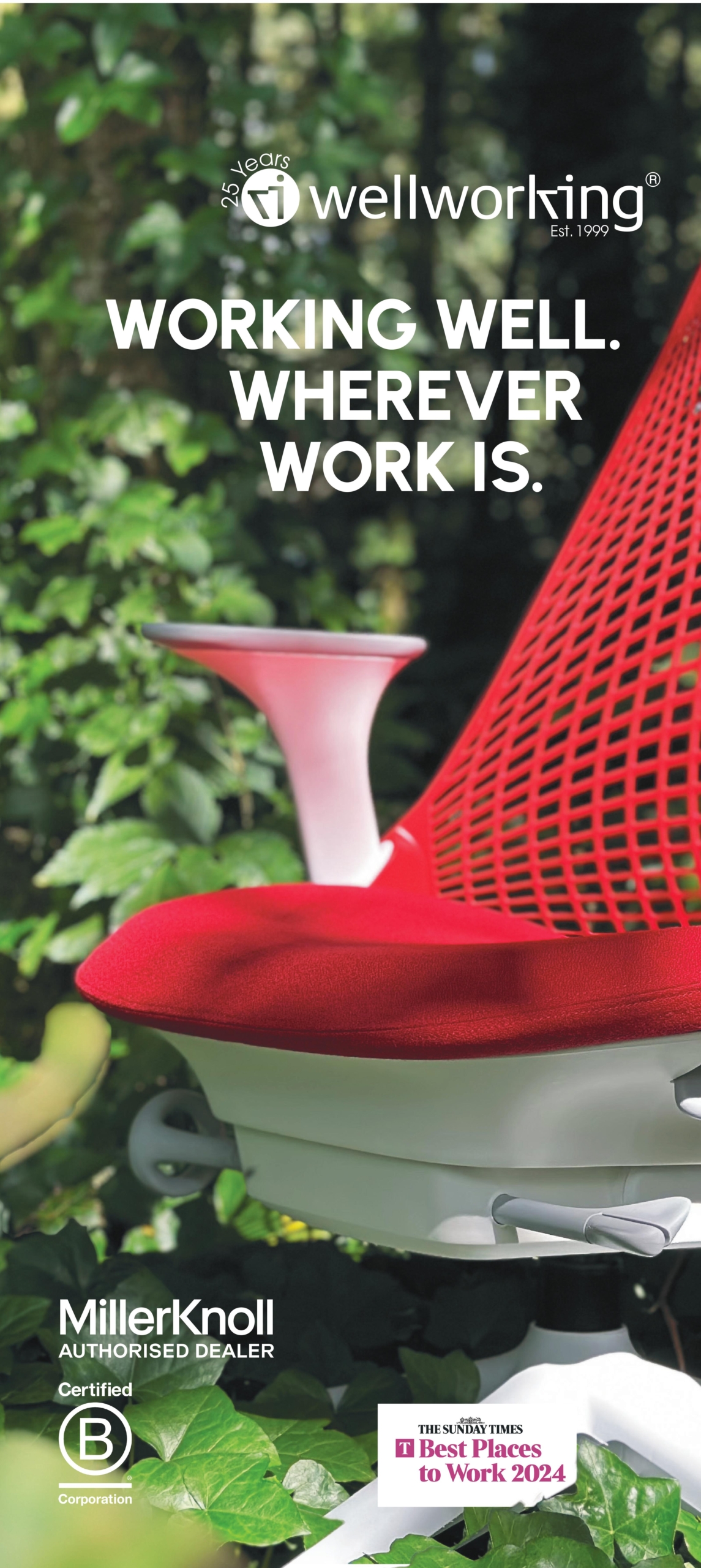



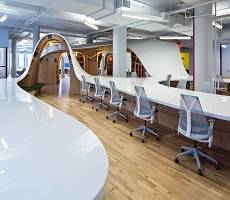






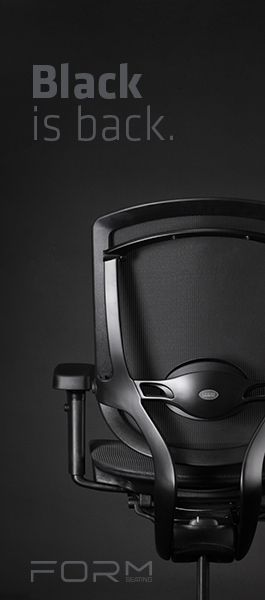



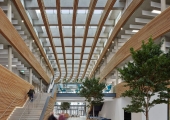
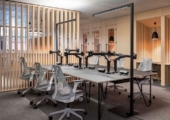


April 2, 2014
When worlds collide: a preview of the Salone Internationale del Mobile in Milan
by Justin Miller • Comment, Events, Furniture, Workplace design
More →